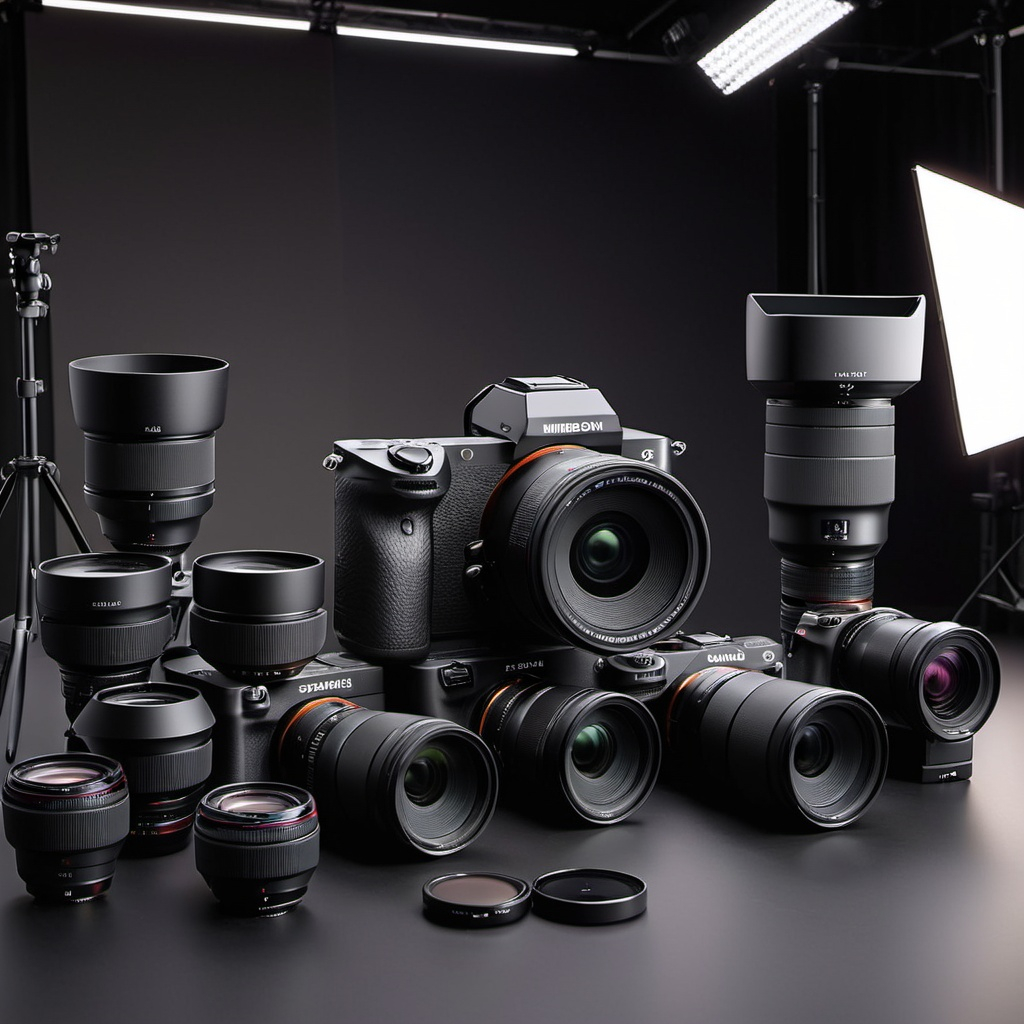The Ocean’s Eye: Capturing Beauty Below the Surface

Underwater photography—it’s like trying to capture a mermaid’s selfie, but with a whole lot more equipment. The ocean is full of beauty, mystery, and creatures that we only get to glimpse at when we dive deep below the surface. From vibrant coral reefs to majestic sea creatures, there’s an entire world under the water just waiting to be photographed. In this article, we’ll dive into the essentials of underwater photography and how you can capture the mesmerizing beauty below the surface.
Why Underwater Photography?
So, why bother with underwater photography? First of all, let’s be honest: who doesn’t want to take pictures of a fish in a tuxedo (aka a clownfish)? But it’s more than just snapping pictures of sea life for your social media bragging rights. Underwater photography allows us to capture a world that’s hard to reach and even harder to appreciate without the proper gear. It’s a whole new dimension of photography—one where color, light, and movement create a unique, almost magical aesthetic.

Getting Started: Gear Up!
Before you go chasing the perfect fish shot, it’s essential to have the right equipment. You’re not going to shoot underwater with your phone’s front camera (unless you want blurry, sad-looking pictures of seaweed). You need a camera that’s specifically designed for the underwater world.
- Waterproof Camera or Housing: If you’re already invested in a good camera, you can just buy a waterproof housing for it. If you’re not, there are some great waterproof point-and-shoot cameras available. These are perfect for beginners who want to dive into the underwater world without breaking the bank.
- Lenses: Depending on what you want to capture, you might need a wide-angle lens to catch all the stunning coral or a macro lens for the tiny creatures hiding between the rocks.
- Lighting: Underwater lighting can be tricky. Natural light only penetrates a few feet below the surface, and anything deeper gets pretty dark, fast. So, to get those vibrant fish colors, you’ll need a good external flash or light setup. It’s like adding a spotlight to your ocean-themed photoshoot.
- Stabilization: Water, being as unpredictable as your Wi-Fi connection when you need it most, means you’ll need to keep your shots steady. Consider investing in a stabilizer or buoyancy control system to keep things steady.

Timing is Everything
Here’s where it gets fun. Underwater photography isn’t just about having the right camera—timing is key. You’re not going to snap a picture of a whale just hanging out on your schedule. Marine life moves fast (and in unexpected directions), so patience is essential. If you’re photographing fish, prepare for them to dart away just as you press the shutter. It’s like trying to get a picture of a toddler who just had sugar—fast, unpredictable, and totally worth it.
- Golden Hour: Just like on land, the best time for underwater photography is when the light is soft, typically early morning or late afternoon. This is when you’ll get the most beautiful natural lighting, and the water won’t look as murky.
- Shark Time: If you’re hoping to catch a shot of something majestic like a shark or a manta ray, you’ll need to be strategic. These creatures are often found deeper in the water, so don’t forget your extra lights.
- Be Patient: Wildlife doesn’t pose (unless it’s a sea lion, in which case, they’re practically models). Wait for that perfect moment when the animal, the light, and the water all come together.

Composition: Framing the Fish
Now, let’s talk about composition. Underwater shots can sometimes look a little chaotic with all the fish and coral scattered everywhere. But if you keep your frame simple and use a few compositional techniques, you’ll create a shot that truly pops.
- Rule of Thirds: It’s not just for land photography. Keep your subject off-center to create a more dynamic and interesting photo. Imagine your shot as a grid and place your subject at one of the intersecting points. Works like a charm every time.
- Leading Lines: Coral reefs are nature’s version of a red carpet—use those natural lines to lead the viewer’s eye toward your subject.
- Fill the Frame: If you’re photographing smaller creatures, fill the frame with your subject. Don’t be afraid to get up close and personal. It’s the ocean, not a scary haunted house—you’re allowed to get close.

Keeping the Spirit Alive: A Little Drama Makes a Big Difference
The beauty of underwater photography is that it can be surreal, otherworldly, and dramatic. The mood you create with your photos can transport viewers into the depths of the ocean with you. It’s all about playing with light, color, and even shadows.
- Contrast: The contrast between the deep blue of the water and the bright colors of marine life can create some stunning shots. Use the natural light to your advantage by positioning your subject near the surface and letting the light filter down.
- Bubbles & Movement: One of the coolest things about underwater shots is the movement. Whether it’s the fish swishing through the water or the bubbles rising from your equipment, capturing that motion adds a layer of energy to the shot. A little motion goes a long way.
- Reflections & Ripples: If you’re shooting in shallow water, look for reflections and ripples on the surface. They can create an interesting texture that adds depth and intrigue to your shot.

Editing: Make it Pop
So you’ve got your perfect underwater shot, but the real fun starts in post-processing. Underwater photos often come out looking a bit washed out, so a little editing goes a long way.
- Boost the Colors: Don’t be afraid to bump up the vibrancy of those fish! The colors can sometimes look muted underwater, so increasing the saturation or adjusting the contrast can make a world of difference.
- Remove the Noise: Water sometimes makes for grainy shots. You’ll want to clean that up during editing to make the image as sharp and crisp as possible.
- Sharpen the Details: Enhance the details of fish scales, coral textures, and water bubbles. A well-sharpened image can turn an average shot into a jaw-dropping masterpiece.

The Final Dive
In the world of underwater photography, patience and persistence are key. The ocean may throw a lot of challenges your way (hello, strong currents), but the results are well worth the effort. With the right equipment, a bit of creativity, and a whole lot of patience, you can start capturing some truly magical moments beneath the waves.
So, if you’re ready to trade landlocked views for the vast, blue horizon, just remember: every dive has its rewards. Whether you’re photographing tiny seahorses or massive whale sharks, underwater photography allows you to bring the hidden beauty of the ocean to life—and maybe get that perfect fish selfie you’ve been dreaming of.



